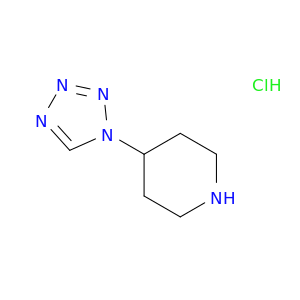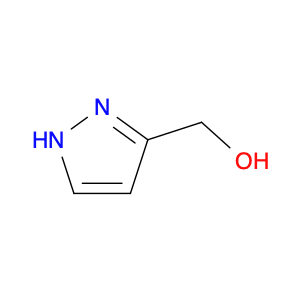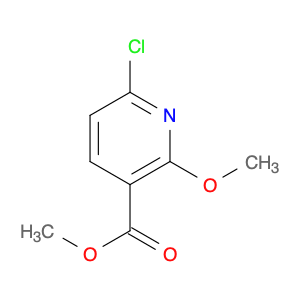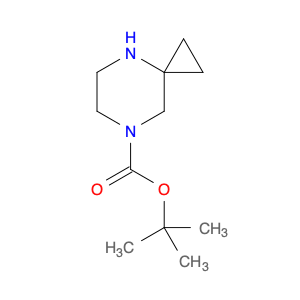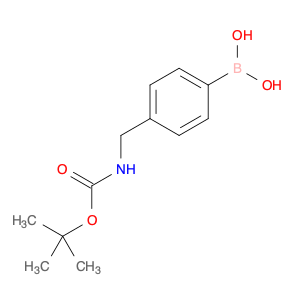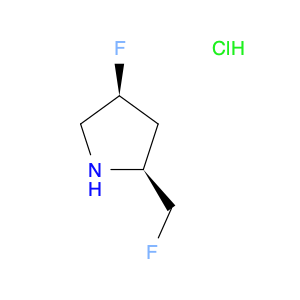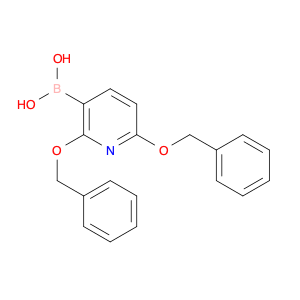4-(1H-Tetrazol-1-yl)piperidine hydrochloride is a versatile compound commonly used in chemical synthesis as a key building block for the synthesis of various pharmaceuticals, agrochemicals, and functional materials. Its unique structure containing a piperidine ring and a tetrazole ring makes it valuable in the development of novel compounds with diverse applications.1. **Medicinal Chemistry**: The incorporation of 4-(1H-Tetrazol-1-yl)piperidine hydrochloride into drug molecules can enhance their biological activity, stability, or pharmacokinetic properties. It serves as a crucial intermediate in the synthesis of drugs targeting various therapeutic areas such as cardiovascular diseases, central nervous system disorders, and infectious diseases.2. **Peptide Synthesis**: Due to the presence of the tetrazole ring, this compound is often employed in peptide synthesis as a coupling reagent. It facilitates the formation of peptide bonds between amino acids during solid-phase peptide synthesis, leading to the efficient and selective assembly of complex peptide structures.3. **Polymer Chemistry**: 4-(1H-Tetrazol-1-yl)piperidine hydrochloride can act as a monomer for the synthesis of functional polymers with specific properties. By incorporating this compound into polymer chains, researchers can modulate the polymer's characteristics such as solubility, thermal stability, or biodegradability for various industrial applications.4. **Coordination Chemistry**: The tetrazole ring in this compound has a high affinity for metal ions, making it useful in coordination chemistry for the construction of metal-organic frameworks (MOFs) or coordination polymers. This property enables the design of novel materials with potential applications in catalysis, gas storage, or sensing.Overall, the strategic utilization of 4-(1H-Tetrazol-1-yl)piperidine hydrochloride in chemical synthesis opens up a wide range of possibilities for creating innovative compounds with tailored properties and functions across different scientific disciplines.
 sales@aaronchem.com
sales@aaronchem.com
